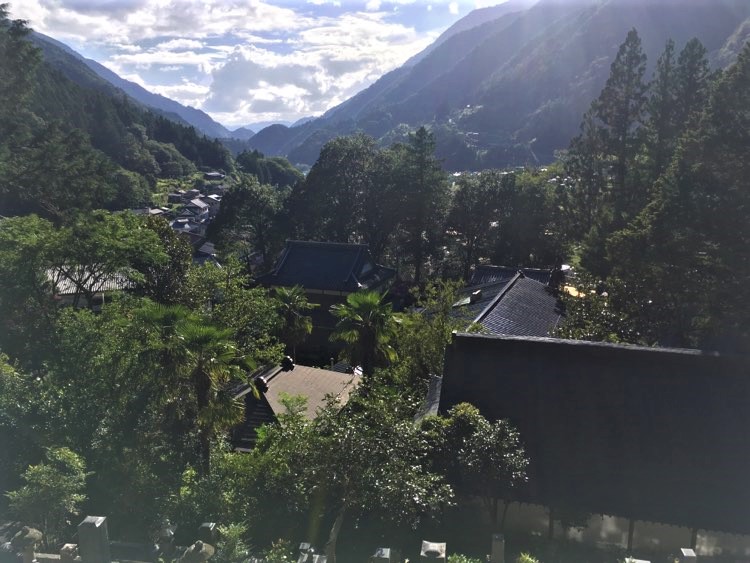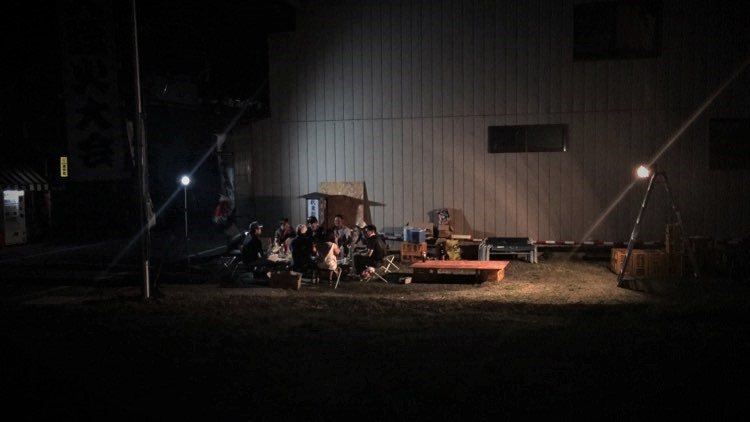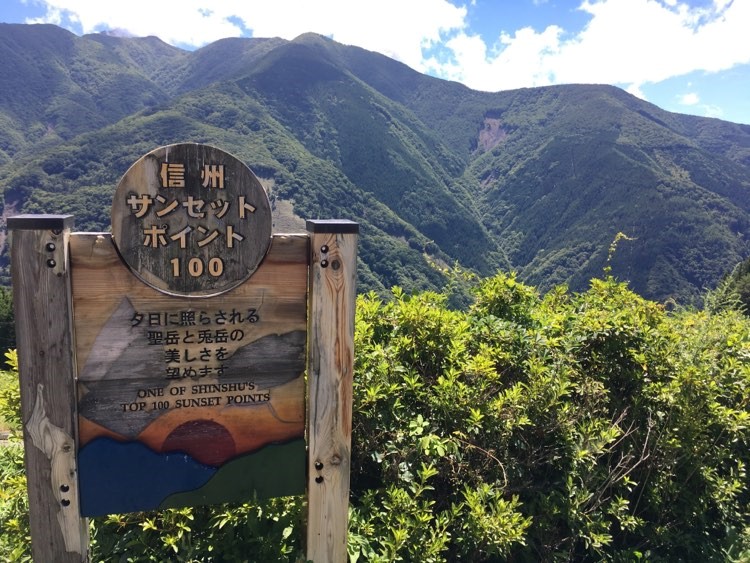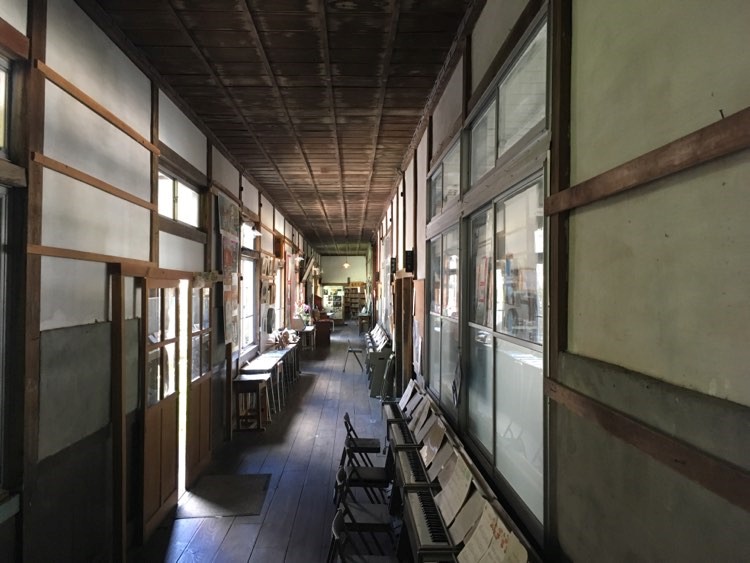by Hanno Jentzsch
Urban-rural migration in Japan is receiving increasing attention, and so is the question of how to define and to delineate urban and rural spaces. As the answer to this question is ultimately a matter of perspective, I would like to briefly reflect on the contrast between the ethnographic and the political-administrative lens on “rural” Japan.

Copyright © Hanno Jentzsch 2018
Facing ongoing socio-economic decline in large parts of non-metropolitan Japan, the central government is actively trying to get young urbanites to move (or move back) to rural areas. One of the most prominent initiatives in this context is the chiiki okoshi kyōryokutai (COKT) scheme, which provides successful applicants between 20 and 45 years with a steady income for up to three years to set up a project (a café, a farm, or any other activity to “revitalize” the area) and hopefully a new life in the countryside. According to the Ministry of Internal Affairs, about 5,500 persons were active under the COKT program in 2020, and the ministry hopes to increase their number to 8,000.[1] COKT members are often (although not exclusively) featured in ethnographic accounts of urban-rural migration. Susanne Klien frames her interviewees as “lifestyle migrants”, who seek to escape the pressures of a demanding, but increasingly unstable system of “lifelong” regular employment in metropolitan Japan. Rural areas, in contrast, appear as to some extent malleable spaces of experimentation and opportunity for young urbanites seeking “self-realization”. Klien and others have thus captured urban-rural lifestyle migration as a process that is producing new, hybrid, and fluid forms of rurality, in which idealized notions of rural Japan intersect and not rarely clash with urban aspirations, “post-growth” values, and local norms and practices, for example regarding agriculture.[2]

Copyright © Hanno Jentzsch 2018
The hybridization and fluidity emphasized in ethnographic accounts of urban-rural migration form an interesting contrast to the sharp boundaries drawn by government programs such as the COKT. Through this lens, rural areas are strictly delineated first and foremost by their eligibility for various development and revitalization programs, on top of which the COKT program constitutes an attempt to structure migration flows from metropolitan centers to “target” rural areas. To get an idea what this means in practice, let us zoom into Shimo-Ina district in southern Nagano, where I did field research on civil society-state relations in 2017 and 2018. It is a beautiful area with tall mountains and deep, green valleys – a paradise for mountain bikers, but remote and rapidly aging. The tiny village of Ōshika currently seeks a COKT member to help develop the local (biking) tourism industry. In the words of a former colleague, who moved to the neighboring city of Iida for a similar task a few years ago, it is a dream job for anybody who seeks to turn a hobby into a meaningful occupation. It comes with free housing, reasonable working hours, and a monthly salary of 225,000 Yen. However, not all young bike enthusiasts can apply. Applicants must currently reside in one of the three “metropolitan areas” shutoken, chukyoken, and kinkiken, including the prefectures Tokyo, Chiba, Kanagawa, Saitama, Gifu, Aichi, Osaka, Kyoto, Nara, Mie, and Hyōgo. Applicants from other prefectures must currently reside in an urban area (toshi chiiki). Residents of non-urban areas are excluded.

Copyright © Hanno Jentzsch 2018
What “non-urban” means is defined by a total of seven laws to support disadvantaged areas, most importantly the Kaso law, under which officially designated “rapidly depopulating areas” (kaso chiiki) – i.e., areas that display above-average population decline and below-average fiscal strength – are eligible for a wide array of redistributive measures. The list is completed by programs with similar purposes, such as the “Okinawa Special Promotion Law” or the “Peninsula Promotion Law”. The Kaso law alone currently applies to 820 of Japan’s 1718 municipalities – more than 60% of Japan’s total area, but only about 8% of the population.[3]

Copyright © Hanno Jentzsch 2018
The state’s objective to define a clearly delineated set of “sending” and “receiving” (or rather: deserving?) rural areas to structure migration flows is clear. The consequences, however, can be quite odd. For example, while a person residing in the depopulating village of Toyone in the rural north of the “metropolitan” Aichi Prefecture is eligible for the job in Ōshika Village, a person residing in central Iida – the largest city in southern Nagano with about 100.000 inhabitants – cannot apply, since Iida is officially designated as a “partly depopulating” municipality under the law. Such a person could, of course (and likely will at some point), move to Tokyo for a regular job anytime. In any case, sharp boundaries drawn through political programs and/or administrative divisions are obviously limited to delineate rural and urban spaces in Japan (and elsewhere). They are, however, still crucial to understand rural-urban migration, and rural “revitalization” in general, as a political project that is fundamentally about who (and which area) gets what kind of support in the ongoing redistribution of resources and people across Japan’s increasingly unequal socio-spatial landscape.
Hanno Jentzsch is Assistant Professor at the Department of East Asian Studies/Japanese Studies, University of Vienna. He works on the politics of revitalization, administrative restructuring, agricultural reform, and social welfare in (mostly) rural Japan. He is the author of “Harvesting State Support” (University of Toronto Press) and co-edited the volume “Rethinking Locality in Japan” (Routledge, with Sonja Ganseforth).
References
[1]
https://www.soumu.go.jp/main_sosiki/jichi_gyousei/c-gyousei/02gyosei08_03000066.html
[2]
See e.g., Klien, Susanne. 2020. Urban Migrants in Rural Japan. Between Agency and Anomie in a Post-Growth Society. Albany: State University of New York Press; Reiher, Cornelia. 2020. ‘Embracing the Periphery: Urbanites’ Motivations for Relocating to Rural Japan’. In Japan’s New Ruralities, ed. Wolfram Manzenreiter, Ralph Lützeler and Sebastian Polak-Rottmann. Abingdon, Oxon, New York, NY: Routledge: 230–244.
[3]
http://www.kaso-net.or.jp/
